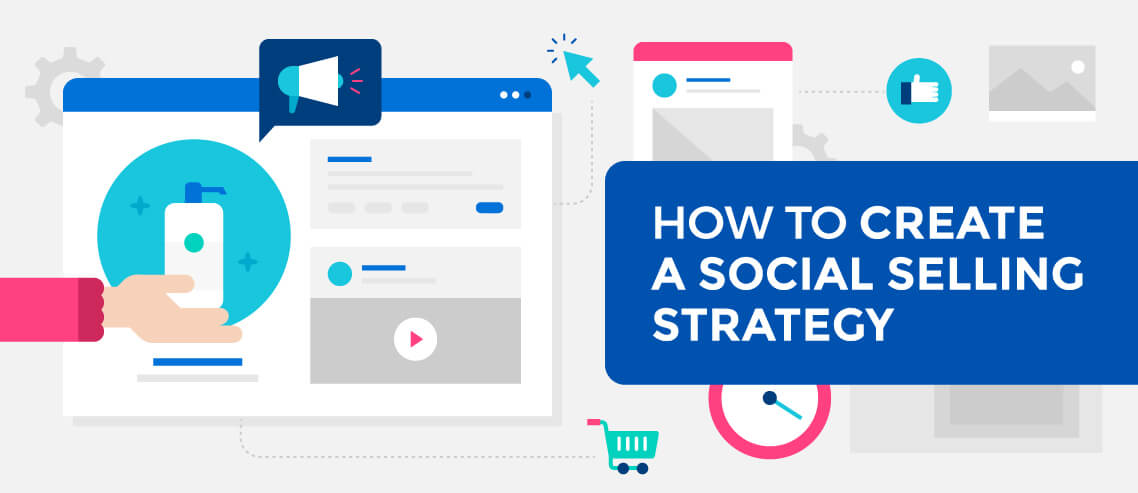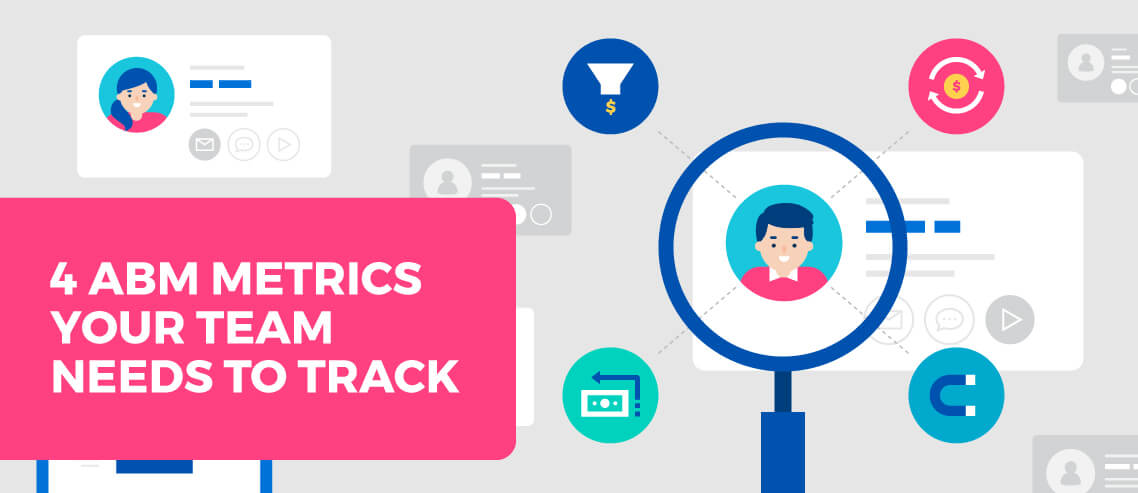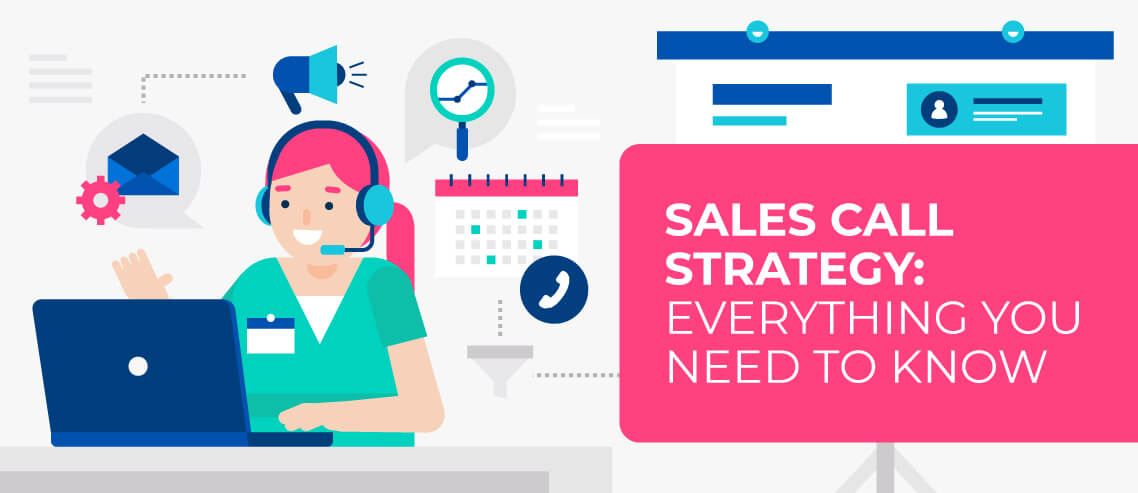Consultative Selling: Definition, Techniques, and Examples
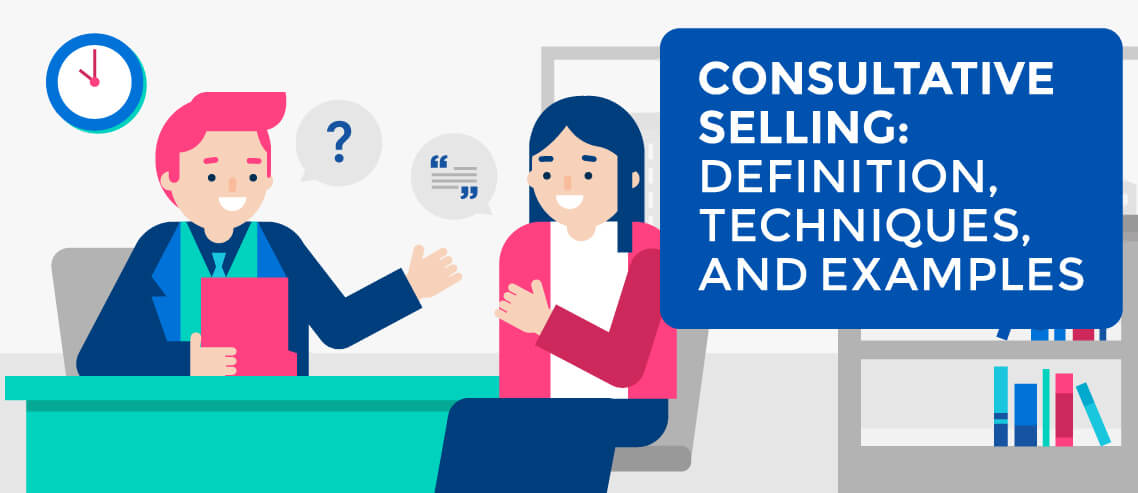
Contents
According to buyers, the three most important elements of a positive sales experience are a sales representative who 1) listens to their needs, 2) isn’t pushy, and 3) provides relevant information.
That’s not too much to ask, right?
It might not sound like it, but research shows that while sales reps seem to know what buyers want, there’s a huge disparity between this, and what they actually deliver.
- 50% of sales reps state that they avoid being pushy; 84% of buyers think they don’t.
- 83% of sales reps think they listen to their prospect’s needs; just 62% of buyers agreed.
- 74% of sales reps said they research prospects before calls (so they can provide relevant information); only 45% of buyers felt that this was the case.
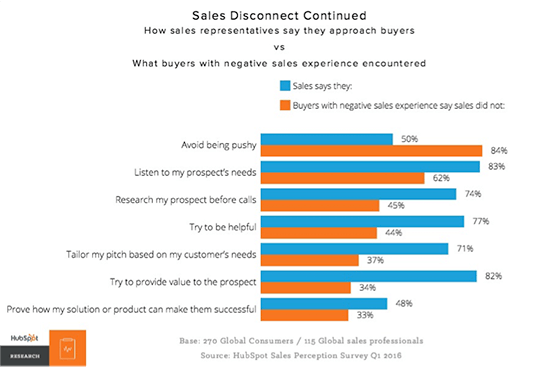
So what’s going wrong?
If sales reps understand what comprises a positive sales experience, why are so few of them succeeding in delivering it?
In my opinion, the problem lies primarily with reps’ focus on closing a sale instead of the journey required to get there.
They are still – in many cases – practicing transactional selling, instead of consultative selling.
Consultative selling is just one of many skills you should have in your sales toolbox. For more sales skills every salesperson needs to master, check out all of our resources on sales skills you should build.
So what is consultative selling?
Consultative selling is a sales approach based on understanding each customer’s unique needs and how the product or service being sold can address them.
Reps act more like consultants than “traditional” salespeople. They build relationships with prospects and work to find a solution that fits each prospect’s needs, instead of pushing the solution that’s most profitable, or the easiest to sell.
And what is transactional selling?
Transactional selling, or product-focused selling, puts the product at the center of the sales process. When using this method, sales reps will push a product’s features and benefits with little to no concern for how these align with, or can help address, the customer’s needs.
This is fine for low-ticket items, but when a customer’s spending big, they need to be confident in what they’re buying. They need to be certain they’re being sold a product that’s the best possible fit.
Take this example from Pipedrive.
At a workshop designed to help sales reps develop an effective approach to consultative selling, a financial adviser pipes up with a problem. They state that they’re having trouble winning the business of an elderly woman, whose husband recently died.
The woman was reasonably wealthy, but had never taken steps to manage her finances. As a result, she was at risk of leaving her children with a significant financial burden.
A roleplay ensued between the conference leader and a colleague (the first adopting the role of the financial adviser and the second, the role of the elderly woman).
After much back and forth, and increasing frustration, the conference leader  exclaimed “Don’t you see? I care more about your money than you do!”
exclaimed “Don’t you see? I care more about your money than you do!”
This was the key. The missing ingredient the financial adviser needed.
What they had to do was show that their number one concern as a sales rep was not making a sale, but making a positive difference to their customer’s life.
Translation: Putting the customer’s interests first is at the core of consultative selling.
Consultative Selling Techniques
Now that you understand what consultative selling is and why it’s so important, here are some techniques that will help you start putting it into practice.
Do Your Research
This could mean looking up prospects’ profiles on social media, reading their latest blog posts, or simply Googling them (to name a few). Whatever you decide to do, research can help you:
Qualify prospects
Is this person actually likely to be interested in your product or service? Does it align with what they do? Can you envision how it might help them?
If “yes,” does this person have the authority to buy? If not, is there someone else at the company you should be talking to instead?
Provide starting points for conversations
Consultative selling requires you to have a conversation with prospects; not simply deliver a sales pitch. The more you know about your prospects, the easier it will be to start conversations that engage them and ultimately lead to a sale.
Back up conversations with custom insights
Show prospects why they need your product using insights (i.e. data and statistics, or experiences and case studies) that are tailored to their individual situation.
Understand the competition
If you know what other products your prospects may be considering, you can figure out if and how your product will fit their needs better.
Ask Questions
Understanding a prospect’s needs is essential in consultative selling, but the only way you can really begin to understand them is to ask the right questions.
Before you make that call or meet with a prospect, formulate a list of “generic” questions you can use to start the conversation, and, if necessary, fall back on. At the same time, you need to be ready to think on your feet and ask custom questions based on prospects’ responses.
Bear in mind that prospects are likely to be rushed and willing to answer only a few questions, so choose them carefully.
Exactly what these questions are will depend on the product you’re selling; however, a good rule of thumb is to use “empathetic” and “investigative” questions, and avoid “trap” questions.
If you ask something like “Are you happy with X product?” and your prospect says yes, you have nowhere to go. Instead:
“Ask questions that demonstrate genuine curiosity, empathy, and a desire to understand. Try to go deeper than uncovering a list of problems to be solved: ask what the buyer hopes to achieve with your product or service, and why this is a priority now.” Scott K Edinger, HBR
Try questions like:
“How does XYZ impact you?” “What’s stopping your company from hitting its goals?” and “What is it about [current solution] that isn’t working for you right now?”
You should also be asking “umbrella questions” – questions that are used to extract more information from the customer.
These are things like:
“Can you tell me more about that?” “Do you have any other examples you can share with me?” and “Can you explain that in more detail?”
Improve Your Active Listening Skills
Few of us are naturally skilled at active listening. Instead, we listen “passively.” This means we hear what people say, but we don’t really register or interpret it.
This is a problem because it affects our ability to remember conversations, and in the context of consultative selling, to appropriately match a product to a prospect’s needs.
This is why active listening is one of the first skills HubSpot teaches to new salespeople, and why research shows that the top salespeople spend much more of their time listening than talking.
To get better at active listening, you need to work not just on hearing the words a prospect is saying to you, but the meaning behind them.
Specifically this includes:
Shutting up and really listening
This kind of goes without saying, but it’s easier said than done. To actively listen, you have to stay silent and pay total attention to what the other person’s saying. Never interrupt. Wait until the prospect’s finished talking, think about what they’ve said, and then respond.
Which brings me to…
Taking time to process what someone says
Most of us hate lulls in conversation, or what we perceive as awkward silences. As a result we don’t fully listen to what someone is saying to us, because we’re too busy thinking about what we’re going to stay next.
“Most of us engage in listening only as a way of waiting until it’s our turn to speak.” Alex Lickerman Psychology Today
Allowing yourself time to process what someone has said is key to becoming a better active listener.
Clarifying what’s been said to you
You don’t need to clarify everything they say, but when you’re talking to a prospect and they say something you recognize as being important, repeat it back to them by asking them to clarify themselves.
This does two things:
- It helps you remember key points of the conversation.
- It demonstrates to the prospect that you’re actively listening.
Be Authentic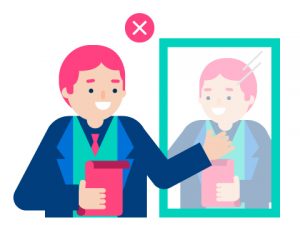
You can’t sell a high-ticket item – using a consultative or any other sales method – without trust. To build trust, you have to be totally open and honest with prospects.
This means, first and foremost, being your authentic self.
A professional you (so you should avoid swearing and make sure you keep any controversial views to yourself), but still you.
It also means being honest with prospects when your product or service isn’t right for them. In fact, that’s the right thing to do – period – largely because mis-selling benefits no one.
If you can do both of these things, you’ll increase sales and just all-around make your life easier.
“You won’t have to constantly compute what you say and how you say it and keep track of every way you contort yourself. It requires a lot of effort to keep that show going, and the payoff isn’t that great.” Steli Efti, Close.io
If you choose to push your product when it’s a poor fit, you can at best expect SaaS customers to leave, and tangible products to be returned. At worst, you can expect angry customers to start sharing their experiences online.
Ask for Feedback
Throughout the sales process, you should be regularly checking that prospects understand your ideas and propositions by asking them what they think. This helps prospects stay engaged and gives you the opportunity to address concerns and clear up misunderstandings as and when they arise.
It also helps demonstrate that you’re actively listening to what they say.
Be Patient and Follow Up
Very few sales (high-ticket sales, especially) are closed following the initial conversation. Be understanding of the fact it typically takes time for prospects to come to a decision (especially when they’re spending big), and that there may be a lot of back and forth before that happens.
Data shows it takes an average of 5 follow-ups to close a sale – and this is just an average. Assume that the more a prospect’s spending, the more times you’ll need to follow up before successfully closing.

Examples of Consultative Selling
You might think of consultative selling as a technique practiced exclusively by sales pros, but in actual fact you’re probably sold to in this way all the time – often by people who aren’t aware that they’re doing anything special. They simply love what they do and genuinely want to help customers in the best way they can.
Take David Brock’s example of when he and his wife go grocery shopping. At the fresh meat counter, the butcher takes the time to find out what the meat will be used for so he can recommend the best cuts.
Similar experiences are common when shopping for wine, coffee, or any other premium, consumable product. While not all salespeople will go to the lengths described by Brock, the best ones will go above and beyond to ensure they’re selling you the best possible product for your needs.
Another good example is the Apple Store. If you’ve ever shopped in one you’ll know that there’s much more to the stores than great design – specifically, how knowledgeable the staff is.

Exterior of a Manhattan Apple Store
This is because an in-depth knowledge of what they’re selling ensures they can suggest the very best product for each customer, and their unique needs.
While these are all examples of consultative selling in practice, the staff won’t necessarily see it that way. When they’re learning about customers and suggesting products based on this information, they probably see themselves as simply doing their job.
Despite this, there’s clearly one lesson we can take away from these examples:
To be a great consultative seller, you have to know your product inside-out, and care about doing your very best for each customer.
But what about B2B selling? How does consultative selling differ when you leave the shop floor?
Digital marketing agency Uhuru wrote about why they ditched the traditional “sales pitch” in place of consultative selling here. Interestingly, it’s as much about ensuring the client is a fit for them, as the other way around.
They state that they want clients that fit into the way they work, and that can work well with their team.
As a result, they provide potential clients with as much information as possible – including things like strategies, tactics, and guides – all with no obligation for the prospect to use the agency’s services.
Another digital agency, Multiview, states a number of reasons for loving consultative selling.
They like that it results in mutually-beneficial relationships, longer customer lifetimes, and higher levels of satisfaction (on both sides).
Entrepreneur Jamie Irvine initially struggled with consultative selling. He assumed his product knowledge and expertise would mean building rapport with prospects would be easy, and that sales would follow.
Unfortunately, it seemed that prospects weren’t seeing him as a business leader, and this held him back.
Eventually, however, his luck changed.
He helped one customer consolidate purchases and save money. He used his personal experiences to advise another who felt trapped by his business. He helped a third customer through the hiring process.
All three of these interactions resulted in sales.
This goes to show that while it might sound easy in principle, consultative selling is a skill, and you have to work at perfecting it. If you’re used to transactional selling, adopting a more consultative approach might seem overly challenging, but with time and practice you should find you’re closing more sales, making more money, and building better relationships with your customers.


